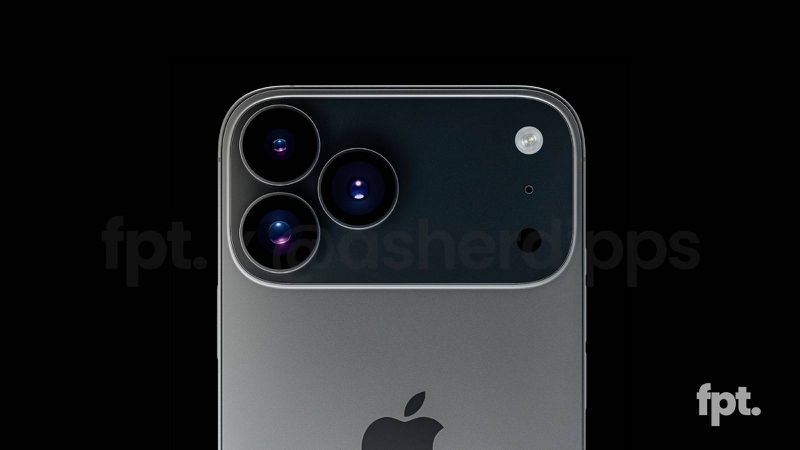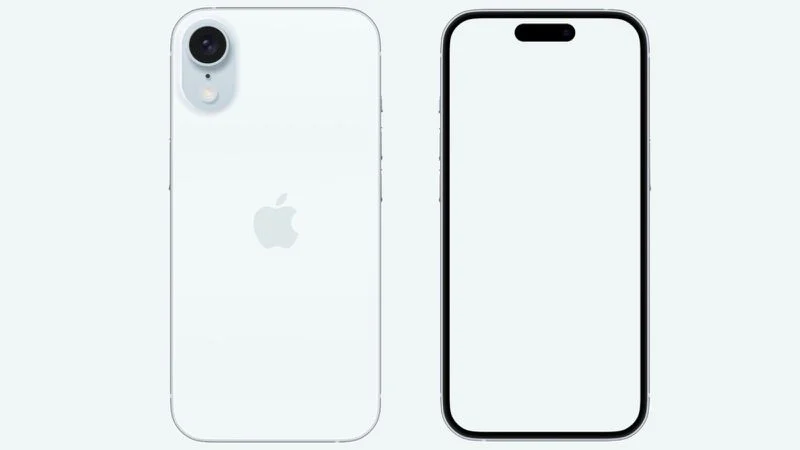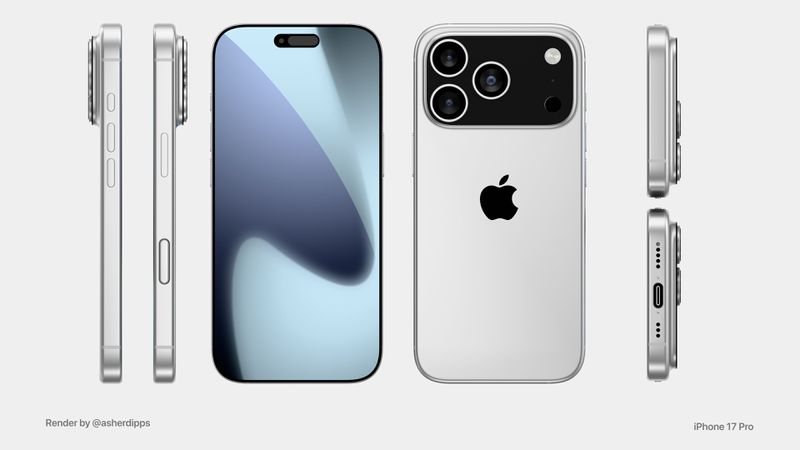If you’re excited about the iPhone 17 series and expecting a big leap in charging speed, you might want to temper your expectations. According to recent whispers from the tech world, the new iPhones might not offer much of a boost in how quickly they charge.
A well-known analyst, Jeff Pu, shared some insights in a note to GF Securities, which was then reported by MacRumors. He suggests that the iPhone 17, iPhone 17 Air, iPhone 17 Pro, and iPhone 17 Pro Max will all max out at 35W for wired charging.
Last year’s iPhone 16 models didn’t show much difference. ChargerLAB noted that the iPhone 16 Pro could hit a high of 30W consistently. There was one instance where the iPhone 16 Pro Max touched 37W with Apple’s high-powered charger, but it wasn’t clear how long it stayed at that level.
Similarly, PhoneArena tested the standard iPhone 16 and found it could peak at 38W under very demanding conditions like running heavy apps or games, though it generally settled at around 20W for regular use. This means, for those keeping track, the iPhone 17 models might not give us the charging speed boost we hoped for, sticking close to the capabilities of the previous generation.
As for wireless charging, Pu didn’t spill any beans on that front. The iPhone 16 models could charge at up to 25W with MagSafe, and we’re left guessing if the iPhone 17 will match or exceed this.
In summary, if you were looking forward to a dramatic increase in charging speed with the iPhone 17, it looks like you’ll be waiting a bit longer. The new models might just keep pace with what we’ve seen before, rather than sprinting ahead.





